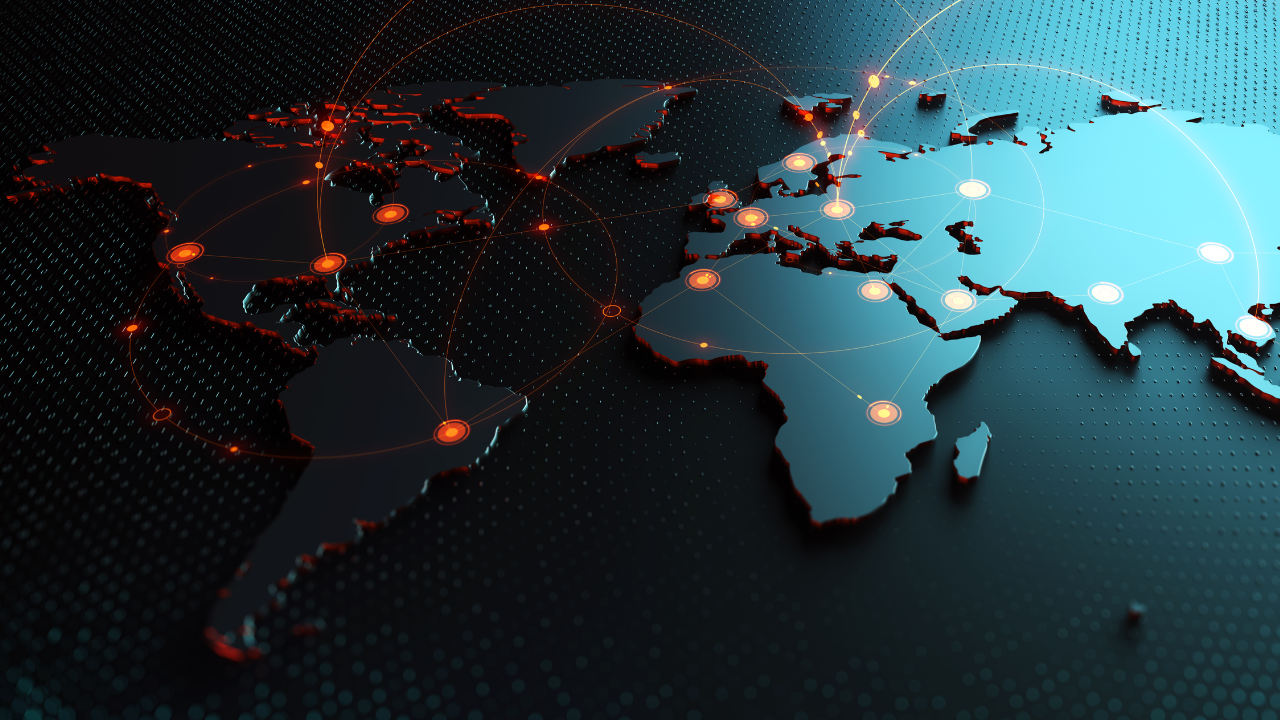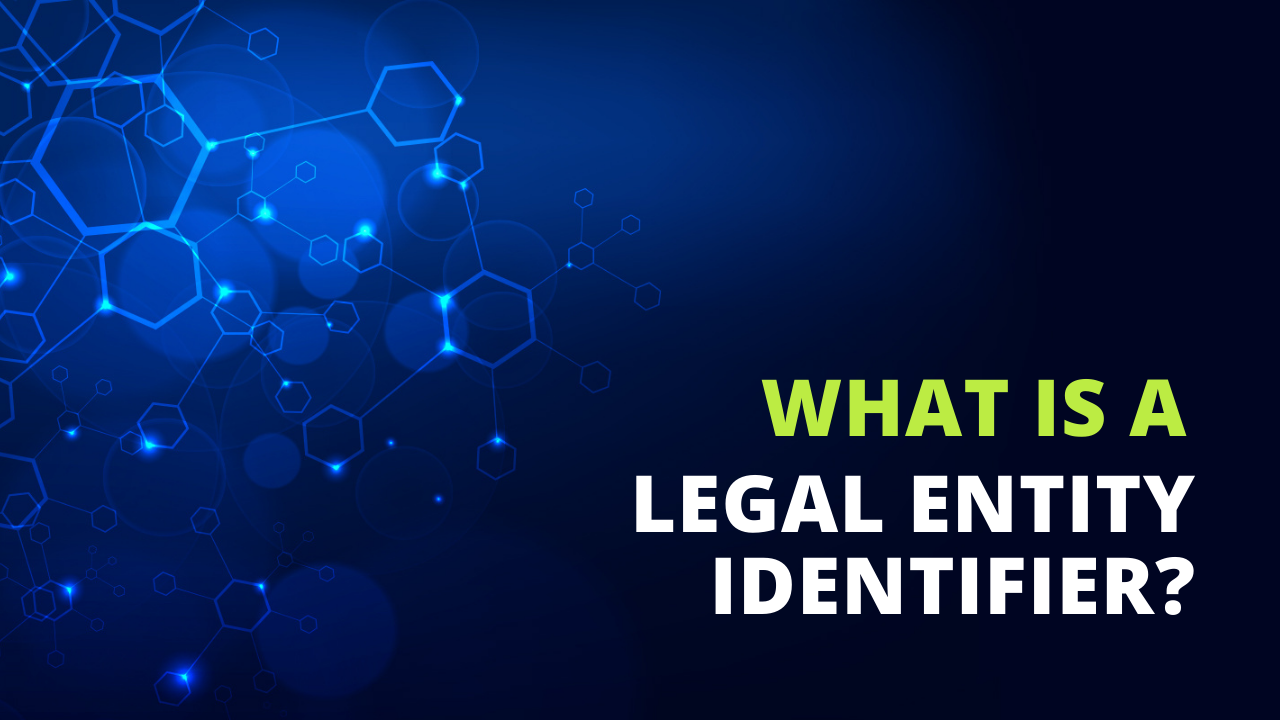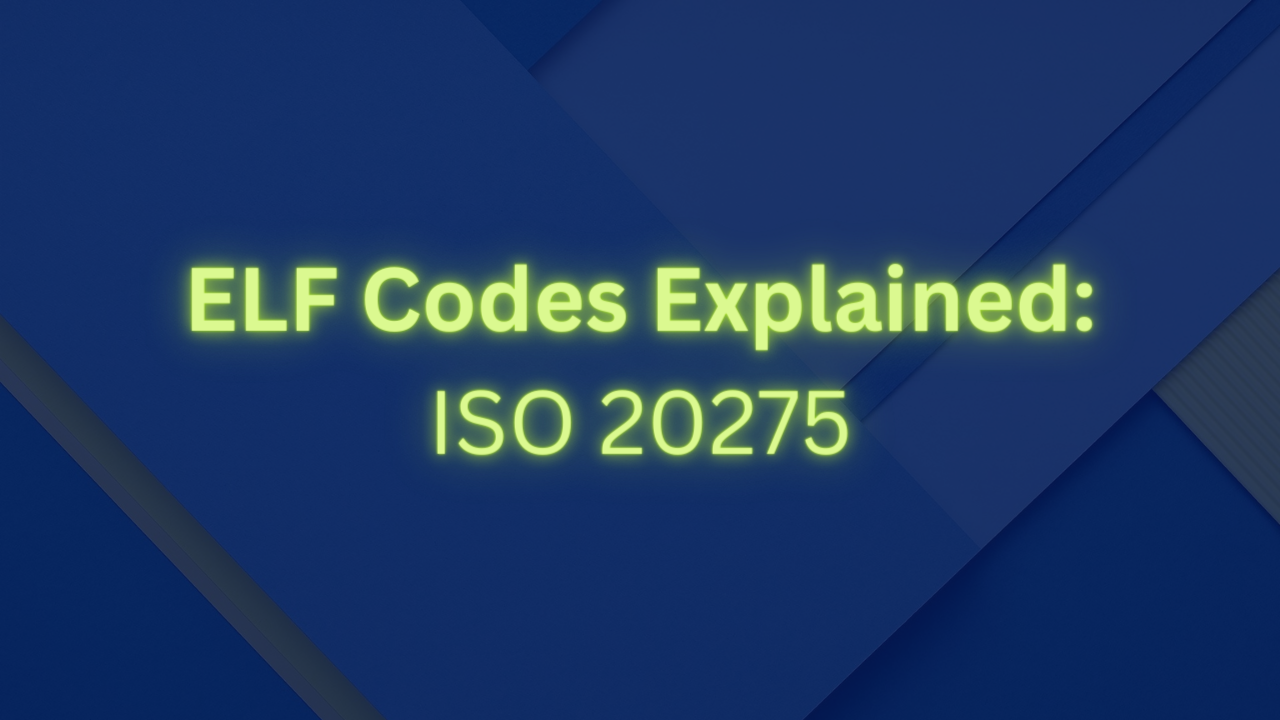
All about legal entity identifier (lei)
GLEIF, GLEIS & the LEI
The development of the Legal Entity Identifier (LEI) and Global LEI System (GLEIS) created in response to the 2008 financial crisis has since significantly enhanced global legal entity identity verification.
Background of the lei & gleis
The year 2008 marks a time in history where the global financial system completely crashed, and a recession ensued. In response to this failure, the development of a universal LEI and Global LEI System (GLEIS) improved the business of financial entity identification globally.
This development has directly increased the ability to measure systemic and emerging risk, boosting trustworthiness, traceability and transparency in global trade.
GLEIS is a global database providing unique identification information of legal entities participating in all global financial transactions.
The database forms an index of legal entities which is publicly accessible and completely free of charge to use. Each entity in the database is assigned its own, unique 20-digit code (LEI) by which it is identified in many business activities and transaction reporting systems.
This ultimately maps out the global financial ecosystem and allows everybody to see who is whom, and who belongs to whom.
“The LEI system connects the dots to create a visual representation of the global financial marketplace, moreover it provides security and transparency to its participants and regulators.”
The LEI format is standardized which is corroborated at a local level by Registration Authorities and it is renewed annually. One legal entity may have just one LEI number.
LEI’s capability to bring greater trust, efficiencies, and transparency to trade of all kinds is the best reason to register for one today. LEI data is readily available and accessible, previously available only at a local level.
Registry information can be hard to access and needed to be collected into a single database.
Lacking a reliable, trustworthy identifier it could become laborious and costly to onboard new clients and confirm identity (it is now estimated in research conducted by McKinsey that the LEI could save banks up to 2-4 billion Dollars annually in KYC processes).
Over 2.5 million companies around the world have obtained their LEIs as of November 2023. The ultimate goal is for every legal entity to have an LEI number.
The LEI is primarily driven by regulation, but any entity can apply for an LEI. It is an official ISO standard 17442.
In the wake of the Lehman Bros debacle the Group of Twenty (G20) birthed the concept of having a standardized, central framework by which we could easily link market participants to financial transactions, thus increasing overall visibility.
The G20 appointed the Financial Stability Board (FSB) to provide recommendations and set the grounds for a new organization to oversee the implementation of this new system. Officially established in June 2014, the Global Legal Entity Identifier Foundation (GLEIF), a non-profit organization was created to fill this role. GLEIF oversee the operational integrity of the global LEI system.
According to LEI ROC the LEI no. was conceived to be used by the private sector to support improved risk management, increased operational efficiency, more accurate calculation of exposures, and other needs.
It provides one centralised source of information, that contains vast amounts of attainable, high quality data.
GLEIF collect and publicize all LEI data in concise and intuitive monthly reports. This data can be used to gleam an insight into the global LEI trade.
The GLEIF statistics page provides valuable insights and breakdowns of LEI issuance by country, issuer and country type. LEILEX also provide a useful map which allows you to see weekly LEI issuance rates.
In summary, GLEIF provide a free open access database providing unique ID of legal entities participating in financial transactions globally. The LEI is a 20-digit corporate digital identifier that can accurately and quickly verify the identity of any company.
The LEI is backed by the G20 Nations, Financial Stability Board (FSB), openly supported by institutions such as the European Central Bank and the Bank of England.
By broadening the adoption of the LEI to more industries and use cases we can fully experience the benefits of having an economy with access to much higher data quality around identity.
If you would like to find a more detailed explanation of the Legal Entity Identifier System, you can read more in our blog sections below or read our post on 'What is an LEI?' here.
What is an LEI?

LEIConsolidate - Bulk Transfer LEIs

LEI Costs & Prices

LEI Codes vs ELF Codes

The LEI and the Compliance Value Chain

USA LEI Regulations
